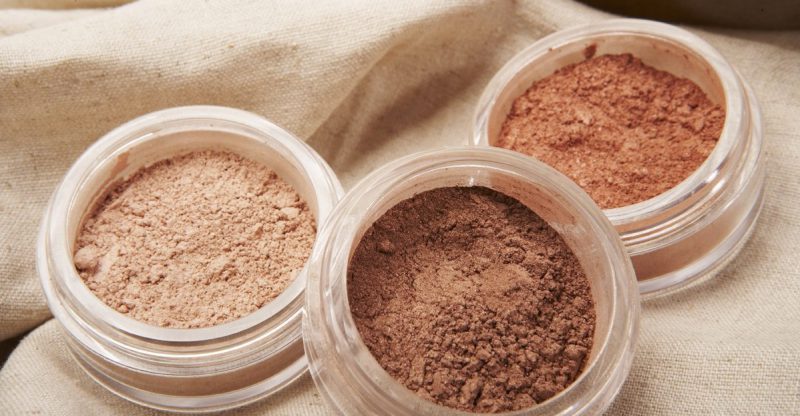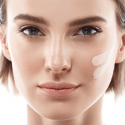They simply don’t match! Ingredients that can’t be mixed
 You want to have a nice and neat facial skin, you use lots of comsetics. But do you know how to mix them with each other? And which ingredients shouldn’t be used at the same time? Check which cosmetic combinations should be avoided. What to do to have a beautiful and healthy skin?
You want to have a nice and neat facial skin, you use lots of comsetics. But do you know how to mix them with each other? And which ingredients shouldn’t be used at the same time? Check which cosmetic combinations should be avoided. What to do to have a beautiful and healthy skin?
If you struggle with discolouration and acne, it’s worth to use cosmetics which contain fruit acids. These products will deal perfectly with skin imperfections and will make you feel beautiful again. However, remember that some acids can’t be mixed with the substances which are good at removing dead epidermis cells That’s why glycolic acid and retinol won’t make a good combination. These substances offer rejuvenating properties, smoothen the wrinkles and reduce pimples. They accelerate the removing of dead epidermis cells and restoration of the cells. Glycolic acid combined with retinol could irritate the skin and sensitize it to UV radiation.
Also, you can’t mix vitamine C with retinol. Why? Vitamine C has acid pH and if we add retinol (vitamine A) to it, it will become very unstable and ineffective. What’s more, retinol removes dead epidermis cells whereas vitamine C lightens the skin. The combination of these two could irritate and overdry the skin. You also can’t mix vitamine C with some acids i.e. glycolic, lactic, salicilic, malic or tartaric. Using such ingredients leads to epidermis damages, excessive flaking of the skin as well as sensitizes the skin to the sun and other harmful factors of the external environment.
Cosmetic oils in skin care have been thriving among girls. But make sure to use them properly. Use warm water to remove the oil leftovers which stayed on your skin after washing. Then, apply cleansing product to your face. Remember: never apply serum right after applying the oil. Why? The ingredients of the serum stay on the skin surface while greasy oil film prevents them from penetrating into deep layers of the skin.






Leave a Reply